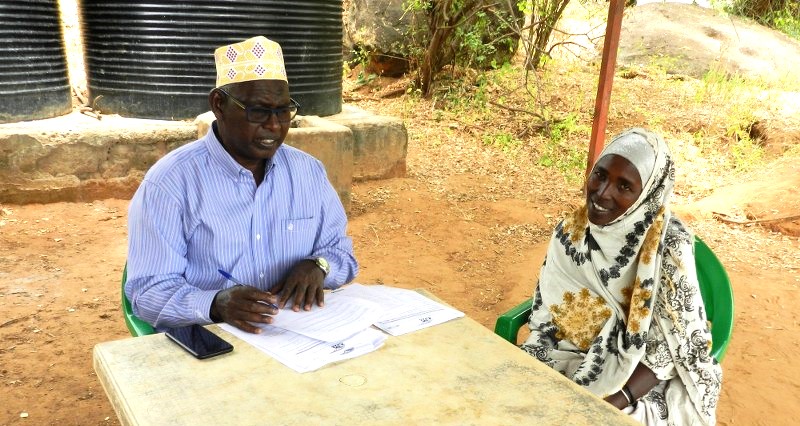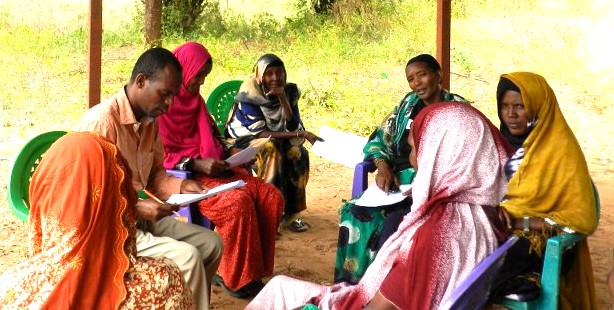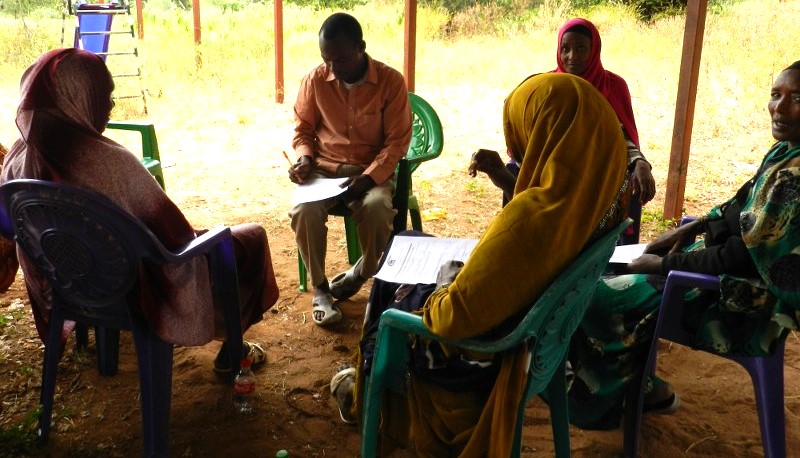
Risultati dei questionari dei beneficiari delle stufe a legna
1. Fonte di energia utilizzata per cucinare – 24/24, ovvero il 100% ha segnalato la legna da ardere come fonte per cucinare
2. Rischi percepiti correlati alla presenza di un fuoco in casa? 24/24, ovvero il 100% dei beneficiari ha segnalato che il fuoco è stato sostituito dalla stufa a legna. Il rischio si è ridotto, nessun incidente, nessuna legna da ardere a lungo e nessuna ustione o bruciature
3. Come ti procuri la legna da ardere? (Ad esempio, acquistandola, raccogliendola)? 22/24, ovvero il 91,2% raccoglie la legna da ardere. 2/24, l’8,4% acquista la legna da ardere. Le motivazioni che obbligano all’acquisto sono state le disabilità fisica; malattia cronica e venditori per es. di verdura.
4. Se raccogli legna da ardere, quanto tempo hai impiegato per raccoglierla nelle ultime 2 settimane? I beneficiari hanno segnalato un numero di ore diverso, tra 3 e 7 ore. In media possono impiegare 5 ore. (La differenza è determinata dalla distanza da casa del luogo dove raccolgono la legna da ardere)
5. Se acquisti legna da ardere, quanti soldi hai speso nelle ultime due settimane? Il 91,6% raccoglie legna da ardere. L’8,4% acquista legna da ardere. L’8,4% ha risparmiato 700 scellini in 2 settimane. Il 91,4% ha risparmiato tempo e quantità di legna da ardere raccolta.
6. Se raccogli legna da ardere, dopo aver ricevuto e usato la stufa, quanto tempo impieghi ogni volta che vai a prendere la legna? (questa domanda ha creato problemi all’intervistatore sul come poter tradurre il concetto agli intervistati che non fanno uso di orologi) Per una corretta comprensione consensuale, si è contato il numero di viaggi fatti per raccogliere legna da ardere dopo aver ricevuto la stufa a legna. 24/24,cioè il 100% ha detto che sono andati solo 1 volta ogni 2 settimane a raccogliere legna da ardere.
7. Puoi descrivere qualsiasi pericolo che affronti quando raccogli legna da ardere? (ad esempio serpenti, fumo, GBV) (questa domanda non comprendeva il rischio implicito nell’uso della stufa a legna) (la paura nella boscaglia era simile alla situazione descritta nella precedente intervista) comparativamente tra il camino e la stufa a legna che espone al pericolo. 24/24 = 100% ha detto che c’è meno rischio, meno fumo, meno calore
8. Se potessi risparmiare tempo o denaro dalla raccolta della legna da ardere, come useresti questo tempo? 19/24 ovvero il 79,2% dei beneficiari ha detto di occuparsi delle faccende domestiche (cucinare, lavare, pulire e riposare) 5/24 ovvero il 20,8% ha segnalato qualche forma di attività generatrice di reddito, ad esempio cercare lavoro occasionale nelle pulizie domestiche, vendere legna da ardere, occuparsi della vendita di verdure e vendere Mirra
9. Quali sono le tue aspettative dalla stufa a legna che stai ricevendo? 24/24 ovvero il 100% ha detto che la stufa a legna ha fatto risparmiare tempo perché ci vogliono 10-15 minuti per preparare il tè. Il cibo è pronto più velocemente. La stufa a legna fa risparmiare legna da ardere. I beneficiari usano 3 pezzi di legna da ardere al giorno, a differenza del periodo precedente in cui ne usavamo 10 al giorno.
10. Sei disposto a rispondere di nuovo a questo questionario tra 6 mesi? Tutti i 24 beneficiari hanno detto che saranno pronti a rispondere dopo altri 6 mesi, gennaio 2025.
Findings from the wooden stoves beneficiaries
- Source of energy they use for cooking – 24/24 that is 100% reported firewood as the source for cooking
- Perceived risks related to having a fireplace at home? 24/24 is 100% of beneficiaries reported. The fireplace was replaced by the wooden stove. The risk is reduced, no accidents, no many long firewood, no burn
- How do you source firewood? (E.g. buying it, collecting it)? 22/24 that is 91.2% was collecting firewood. 2/24, 8.4% buy firewood. Reasons provided are physical disability. Chronic illness and vegetable vendors.
- If you collect firewood, how much time you spent to collect it in the last 2 weeks? Beneficiaries reported different number of hours between 3 hours to 7 hours. On average they can take 5 hours. (The difference was determined by the distance to the bush where they collect the firewood)
- If you purchase firewood, how much money you spent in the last two weeks? 91.6% collect firewood. 8.4% buy firewood. The 8.4% saved 700 shillings in 2 weeks . The 91.4% saved on time and the firewood.
- If you collect firewood, how long does it take each time you go to get it? (After receiving stove) this questioned challenged u the interviewer. And how to translate to the interviewee) our consensus understanding was the number of trips to collect firewood after receiving the wooden stove. 24/24/that is 100% said the only go 1 time per 2 weeks to collect firewood.
- Can you describe any hazard you face when collecting firewood? (e.g. snakes, smoke, GBV) (this question did not capture the risk involved in using the wooden stove) (the fear in the bush was similar like in previous situation) comparatively between the fireplace and wooden stove which exposes hazard. 24/24 =100% said their less risk, les smoke ,less heat
- If you could save time or money from firewood collection, how would you use this time? 19/24 that is 79.2% of the beneficiaries said they attend to their home chores ( cooking, washing , cleaning, and resting) 5/24 that is 20.8% reported some form of income generating activities e.g. look for casual work at households cleaning, sell firewood, attend to vegetable sell and sell Mirra
- What is your expectation from the wood stove you are receiving? 24/24 that is 100% said the wooden stove saved time because it takes 10 – 15 minutes to prepare tea. Foods get ready faster. The wooden stove saves firewood. Beneficiaries use 3- Pieces of firewood per day unlike previous period we use 10 pieces per day.
- Are you willing to answer again to this questionnaire in 6 months from now?All the 24 beneficiaries said they will be ready to answer after another 6 months January 2025.


Risposte Questionari 1-2




